Description
Twenty horizontal ornamental designs. 2 by Michael Angelo Pergolesi printed on a T-Shirt
About the T-Shirt
Regular fit
Standard length, the fabric easily gives into movement
Casual wear
A classic, everyday option loved by our customers
Side-seamed
Constructed by sewing two parts together, creating a fitted look
The Unisex Staple T-Shirt feels soft and light with just the right amount of stretch. It’s comfortable and flattering for all. We can’t compliment this shirt enough–it’s one of our crowd favorites, and it’s sure to be your next favorite too!
- Solid colors are 100% Airlume combed and ring-spun cotton
- Ash color is 99% combed and ring-spun cotton, 1% polyester
- Heather colors are 52% combed and ring-spun cotton, 48% polyester
- Athletic and Black Heather are 90% combed and ring-spun cotton, 10% polyester
- Heather Prism colors are 99% combed and ring-spun cotton, 1% polyester
- Fabric weight: 4.2 oz./yd.² (142 g/m²)
- Pre-shrunk fabric
- 30 singles
- Side-seamed construction
- Tear-away label
- Shoulder-to-shoulder taping
- Blank product sourced from Nicaragua, Mexico, Honduras, or the US
Michael Angelo Pergolesi (1760-1801)
Michael Angelo Pergolesi was an Italian decorative artist from the 18th century who worked mainly in England.
Biographical details are almost entirely lacking, but like Cipriani he was brought, or attracted, to England by Robert Adam after his famous continental tour. He worked so extensively for the Adams’, and his designs are so closely typical of much upon which their reputation rests, that it is impossible to doubt his influence upon their style. His range, like theirs, was catholic. He designed furniture, mantelpieces, ceilings, chandeliers, doors and mural ornament with equal felicity, and as an artist in plaster work in low relief he was unapproached in his day.
He delighted in urns and sphinxes and interlaced gryphons, in amorini with bows and torches, in trophies of musical instruments and martial weapons, and in flowering arabesques which were always graceful if sometimes rather thin. The centre panels of his walls and ceilings were often occupied by classical and pastoral subjects painted by Cipriani, Angelica Kauffman or her husband Antonio Zucchi, and sometimes by himself. These nymphs and amorini, with their disengaged and riant air and classic grace, were not infrequently used as copies for painting upon that satinwood furniture of the last quarter of the 18th century which has never been surpassed for dainty elegance, and for the popularity of which Pergolesi was in large measure responsible; they were even reproduced in marquetry.
Some of this painted work was, apparently, executed by his own hand; most of the pieces attributed to him are remarkable examples of artistic taste and technical skill. His satinwood table-tops, china cabinets and side-tables are the last word in a daintiness which here and there perhaps is mere prettiness.
Pergolesi likewise designed silver plate, and many of his patterns are almost instinctively attributed to the brothers Adam by the makers and purchasers of modern reproductions. There is, moreover, reason to believe that he aided the Adam firm in purely architectural work. In later life Pergolesi appears, like Angelica Kauffman, to have returned to Italy.
Pergolesi wrote Designs for Various Ornaments on Seventy Plates, published between 1777 and 1801.

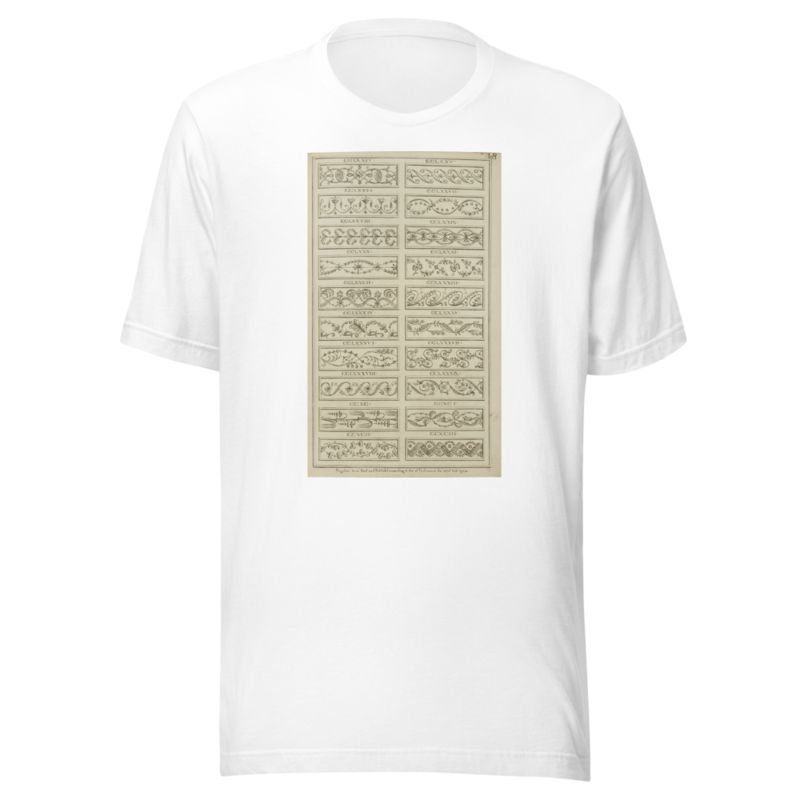
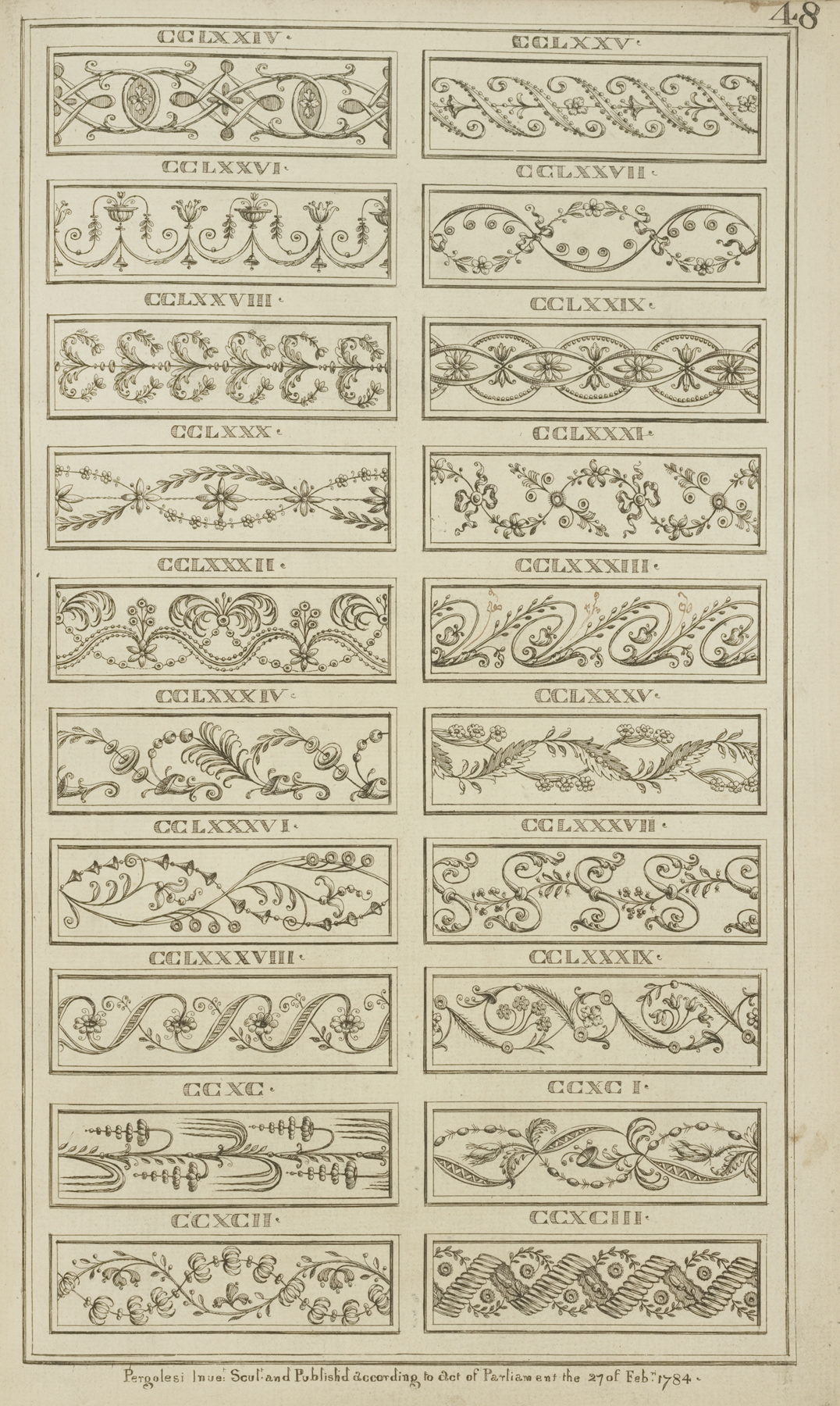
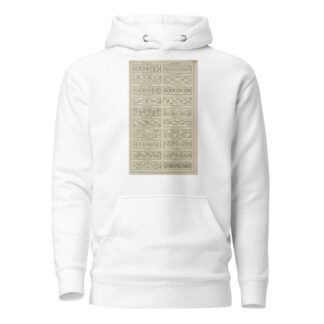
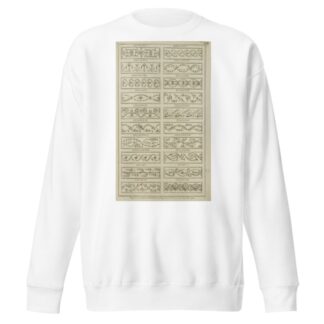
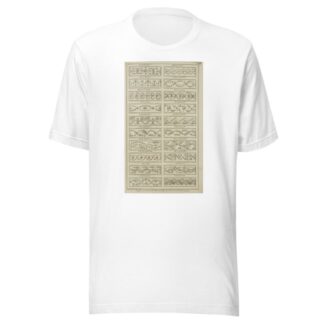
Reviews
There are no reviews yet.